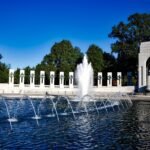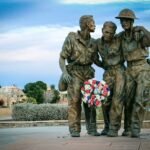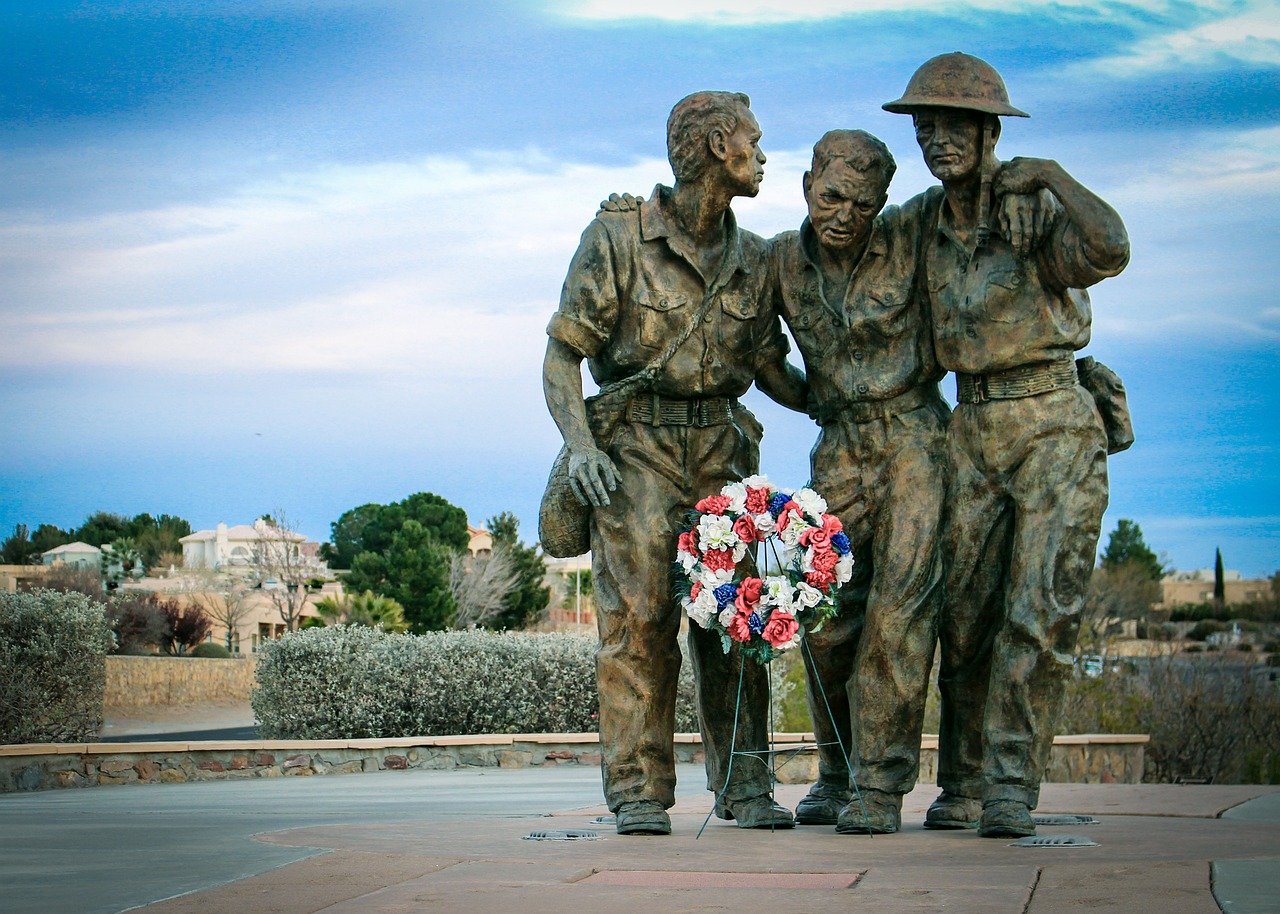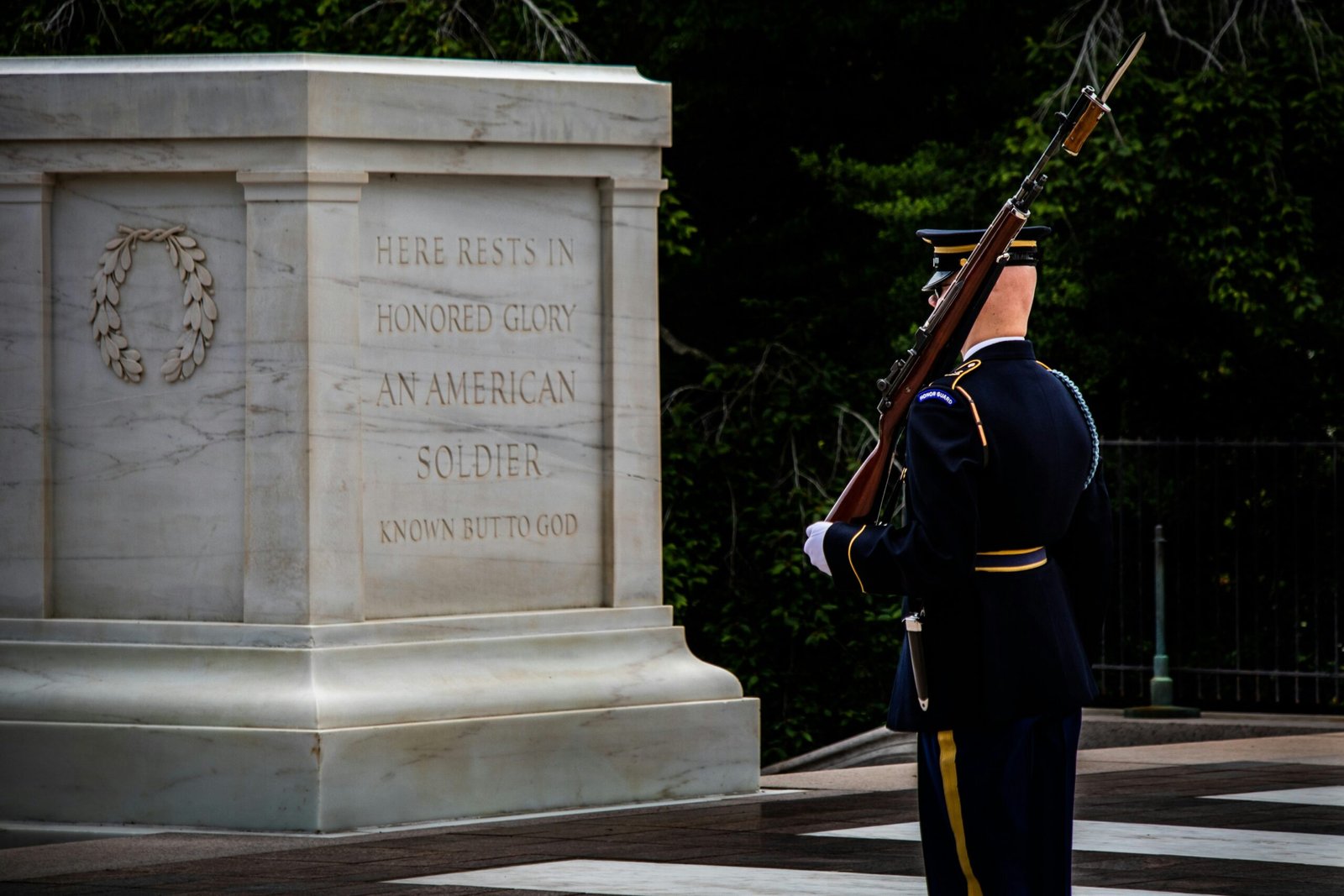The History Behind the Vietnam Veterans Memorial
The Vietnam Veterans Memorial honors the sacrifices of American service members during the Vietnam War. This powerful monument in Washington, D.C., stands as a reminder of a complex era marked by social upheaval and intense anti–war sentiment. The 1960s and 1970s saw protests and heated debates as Americans grappled with the realities of war and the toll it took on veterans.
By the war’s end in 1975, many veterans struggled to reintegrate into a society that often misunderstood or shunned them. The growing awareness of combat-related trauma intensified the need for a space to honor these individuals. In 1979, Jan C. Scruggs, along with other veterans and supporters, initiated efforts to create a dedicated memorial. In 1980, Congress passed legislation to make this vision a reality.
A design competition for the memorial drew over 1,400 entries. Maya Lin, then a Yale student, won with her simple yet powerful design. Her concept—a black granite wall etched with over 58,000 names of fallen soldiers—invites quiet reflection. When the memorial opened in 1982, it became a place of national healing, honoring those lost in the conflict.
Today, the Vietnam Veterans Memorial holds a lasting place in American history. It continues to draw visitors who come to remember, honor, and reflect on the sacrifices made. This iconic structure reminds us of the resilience of veterans and the need for national remembrance.
The Design and Symbolism of the Vietnam Veterans Memorial

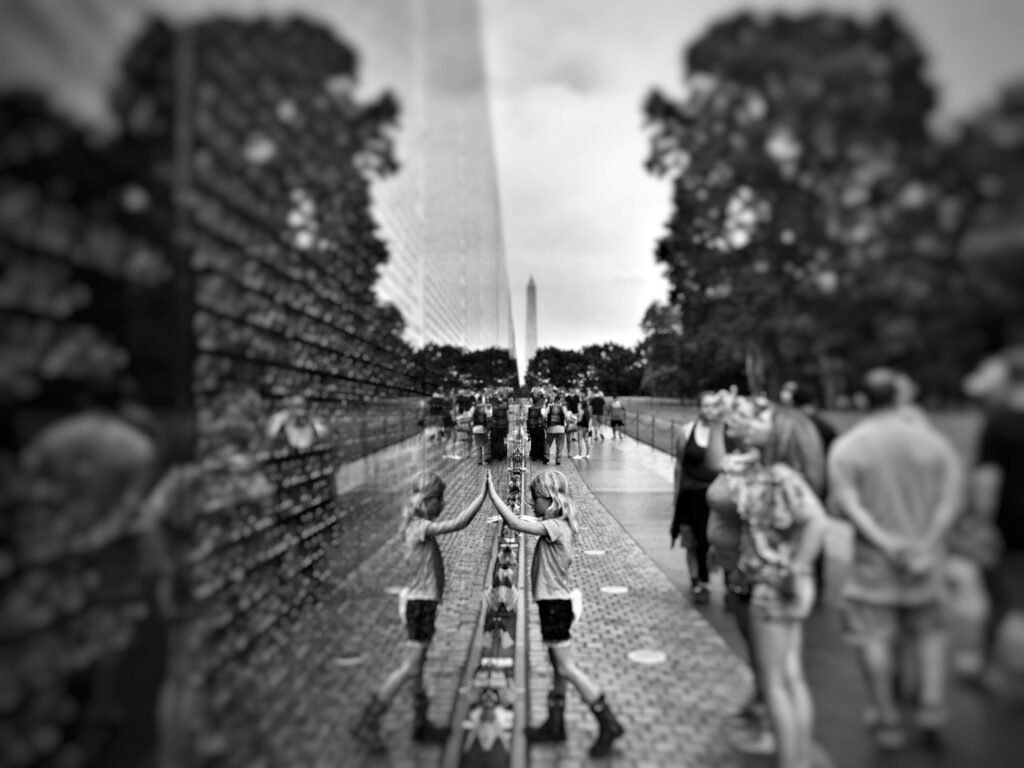



The Vietnam Veterans Memorial, designed by architect Maya Lin, serves as a moving tribute to soldiers who sacrificed their lives in the Vietnam War. Its most striking feature, a black granite wall, rises and gently slopes downward, blending seamlessly with Constitution Gardens. This design creates a sense of calm, balancing the memorial’s heavy emotional impact.
The black granite wall offers more than beauty—it invites personal reflection. As visitors approach, they see their reflections mingling with the engraved names, creating a personal and powerful connection. This reflective surface encourages introspection, letting each person confront the profound themes of war, loss, and sacrifice.
The wall’s dimensions enhance its impact. It stretches 492 feet long and reaches 10 feet high at its peak, making it both imposing and approachable. Names of over 58,000 fallen soldiers appear in chronological order of their deaths, highlighting each soldier’s unique story and the ongoing toll of the conflict. The wall’s gradual descent into the earth symbolizes the depth of loss etched into the nation’s memory.
Beyond mourning, the memorial fosters healing. Its placement and design invite veterans, families, and visitors to find a sense of peace and reconciliation. The memorial’s elements of reflection, mourning, and healing come together, creating a powerful legacy that honors the bravery of those who served. This iconic site continues to resonate, standing as a timeless symbol of sacrifice and remembrance.
Visitor Experience and Personal Impact
The Vietnam Veterans Memorial is a powerful site for reflection, connecting visitors with the sacrifices of service members from the Vietnam War. Many are deeply moved by the wall’s vastness and the thousands of names etched into its black granite. This experience evokes a range of emotions, from sorrow to pride, as people confront both personal and collective loss.
Veterans often find healing here, standing before the names of comrades who didn’t return. For families of the fallen, the memorial offers a sacred space for grieving and remembrance. Many ordinary visitors also feel a profound connection to history and gain a renewed appreciation for the sacrifices made by veterans.
Visitors frequently honor the fallen by leaving mementos like flags, letters, or personal items. These items serve as poignant reminders of individual stories, adding to the shared legacy of sacrifice. The memorial’s staff enriches the experience with guided tours that discuss the Vietnam War’s history and the memorial’s significance. Educational programs engage younger generations, ensuring the lessons of this era endure.
In essence, the Vietnam Veterans Memorial is not just a tribute to those who served but a place for healing, remembrance, and understanding. Each visitor leaves with a personal impact, touched by their journey through this historic site. This memorial continues to foster a deep connection with the past, honoring the legacy of sacrifice it represents.
The Memorial’s Legacy and Continuing Relevance
The Vietnam Veterans Memorial, dedicated in 1982, honors those who lost their lives in the Vietnam War. Maya Lin’s striking black granite design invites visitors to connect personally with the names carved into the wall. This memorial does more than commemorate; it sparks conversations about war, sacrifice, and healing in America.
Each year, the memorial hosts events like Memorial Day observances, drawing thousands to honor the fallen. These gatherings celebrate not only Vietnam veterans but all military service members, recognizing the deep effects of war on families and individuals. Many families return annually, sharing stories and preserving the memory of loved ones.
The memorial’s influence has inspired other veteran tributes. For example, the Vietnam Veterans Memorial Fund plans to open a visitor education center. This center will deepen public understanding of the sacrifices made in Vietnam and other conflicts, reflecting society’s changing perspectives on war and the importance of honoring lessons from the past.
Today, the Vietnam Veterans Memorial serves as a lasting symbol of reflection and reconciliation. It upholds values of service, honor, and remembrance, ensuring that future generations appreciate the sacrifices of those who served. This enduring landmark continues to shape how Americans remember and honor their veterans, leaving an impact that will last for generations.
